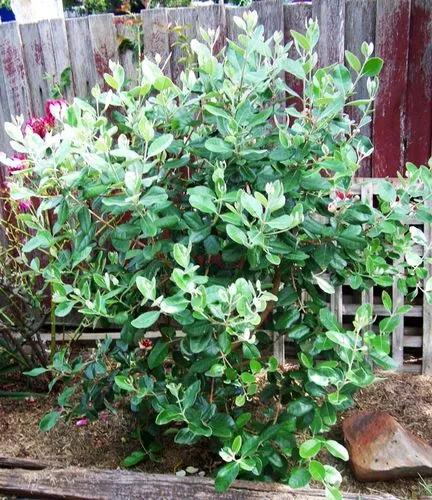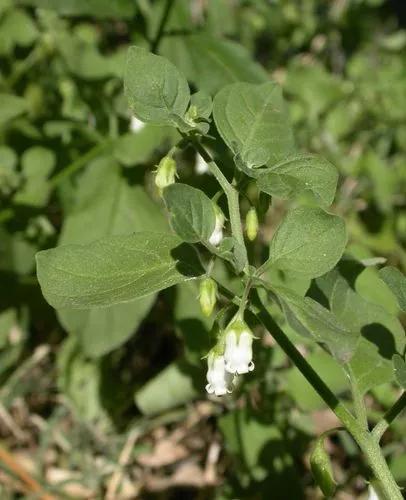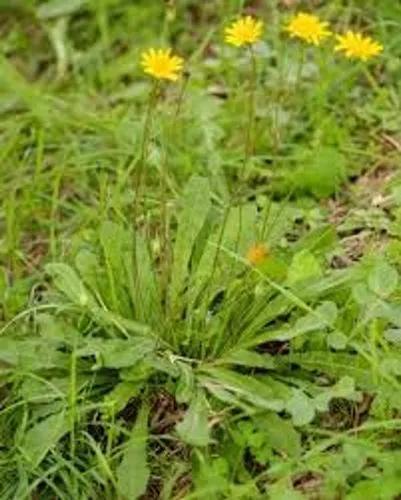Styrax grandifolius, the bigleaf snowbell or bigleaf storax, is a plant species native to the southeastern United States, ranging from Virginia south to Florida and west to Texas and Missouri. The plant grows as a deciduous shrub or tree up to 6 metres (20 ft) high, and is most commonly found in upland forests of the southeast's piedmont. As the specific epithet suggests, the species has larger leaves than sympatric Styracaceae, with alternate, obovate leaves up to 14 cm long and 10 cm wide that are densely pubescent underneath. Flowers are borne during early summer in racemes containing up to 20 flowers.
Bigleaf Snowbell Care
Styrax Grandifolius



The bigleaf snowbell is a deciduous shrub or tree up to 6 m (20 ft) high.With dark and streaky bark, and as the specific epithet suggests, the species has larger leaves than sympatric Styracaceae, with alternate, obovate leaves up to 14 cm long and 10 cm wide that are densely pubescent underneath. This causes the underside of the leaf to appear whitish grey, with a dark green topside. These simple leaves are broadly obovate to suborbicular in shape with broadly tapered to rounded bases, with petioles from 2–10 mm. long. Styrax grandifolius has flowers that grow in larger clusters than other species in its genus, having as many as 20 flowers in a raceme.Flowers are borne during early summer and are white flower. Flowers are composed of 5 fused sepals, 5 petals that are fused at the based and freed above. There are 10 stamens tipped with yellow or orangish anthers, with a partly inferior ovary. Nut-like fruits, 7–9 mm in diameter, known as drupes are produced from June to October.The brownish green fruit contains up to 3 seeds. These plants are very similar in appearance to the American snowbell (Styrax americanus), the American snowbell has smaller leaves and fewer flowers. Bigleaf snowbell can be easily propagated via leaf cutting. Styrax grandifolius can be used as an ornamental plant due to its showy and copious flowers, though its use ornamentally is limited, outside of botanical gardens.
How to Care for the Plant

Popularity

17 people already have this plant 2 people have added this plant to their wishlists
Discover more plants with the list below
Popular articles






